The evolution of technology is simplifying work as we know it by bridging the digital and physical worlds together. This new space, where people can interact with virtual objects in real life, is known as mixed reality.
“We’ve lived through four different key stages [of computing], from mainframes to the empowerment of personal computers and the mobility of smartphones,” says Sean Graglia, who represents Azure’s mixed reality business in Canada.
According to Graglia, mixed reality is the fourth wave of computing, which is resolving real-world challenges for all types of tasks, including fieldwork.
Representatives of Microsoft and vGIS came together to investigate the value of mixed reality for fieldwork during a recent webinar. Get an overview of the discussion below, and unravel how organizations can simplify field data and visualize it in the real world using mixed reality.
Embracing mixed reality with vGIS
Whether you’re in the construction, utilities, mining, or oil and gas industry, fieldwork can be time-consuming, expensive, and complicated — especially when that work is hidden beneath the ground.
Supported by Esri and Microsoft, the vGIS solution uses augmented reality to increase visibility and efficiency during excavation projects.
vGIS enables app users to see 3D, color-coded projections of hidden utilities and construction plans in real life. Rather than struggling to interpret 2D maps and project plans, app users can navigate their surroundings and the world beneath their feet with ease.
A recent study conducted with the City of Ottawa assessed vGIS’ effectiveness for a utility team. The team was tasked with measuring utility locations for city infrastructure, such as water and sewer assets.
For almost 80% of tasks, the team was able to save time with vGIS. The app shaved off at least 30 minutes of work for 40% of jobs and even helped prevent safety issues and damage in 50% of tasks.
Visualizing data from multiple sources
Imagine how effective your organization would be if it could tap into its BIM, GIS, and Reality Capture data all at once, and build an easy-to-follow map for projects.
vGIS processes and compiles data from each of these sources in real time, along with any accompanying geo-referencing information. As a result, end users can interact with an accurate rendering of utilities and construction plans right in the field.
Teams can instantly view and walk through 3D project models, including aboveground structures and underground layers within job sites.
“This is different from other platforms, where all or much of this work must be done in a manual fashion,” says Earl Shiller, the director of sales at vGIS. “By automating this work to data visualization, vGIS becomes a much simpler platform to deploy at much less of an overhead cost.”
Providing unlimited flexibility
To accelerate fieldwork, organizations require flexibility. vGIS empowers teams with flexible viewing, data-editing, and collaboration capabilities.
For instance, app users can rely on a collaborative feature that allows several individuals to view the mixed reality projections at once. Teams are able to access a job site’s VIM and GIS data from any location to assist active users on the field.
Depending on the user’s roles, vGIS users also have the freedom to edit and update data in the field. Fieldworkers can even report data that’s misaligned in the real world and snap geo-referenced tags onto virtual surfaces to leave notes for other users.
Finally, app users have the flexibility to access vGIS and its advanced positioning capabilities on an iOS, Android, or Microsoft HoloLens device.
Enhanced by Microsoft Azure
vGIS is deployed through Microsoft’s Azure cloud platform, bringing Azure’s scalability, accessibility, and security benefits to app users. This means that massive amounts of data can be uploaded securely to the app in different formats — such as WMS/WFS, Bentley iTwin, KML or Shapefile, and GeoJSON formats.
When data is uploaded to the app, it’s automatically processed in the cloud and positioned in the right location for users.
“From an end-user perspective, they simply go into the field, launch the vGIS application on whichever platform they choose to use, and the visuals that exist at the location in which they are standing will instantly appear,” states Shiller.
Ultimately, organizations across industries can use mixed reality to improve employee productivity and minimize risk on jobs.
vGIS helps teams to transition away from disconnected data sources, 2D maps, and tags on the ground toward a centralized, user-friendly visualization system.
To determine why over 70 clients worldwide rely on vGIS’ augmented reality solution, request a demo today.
